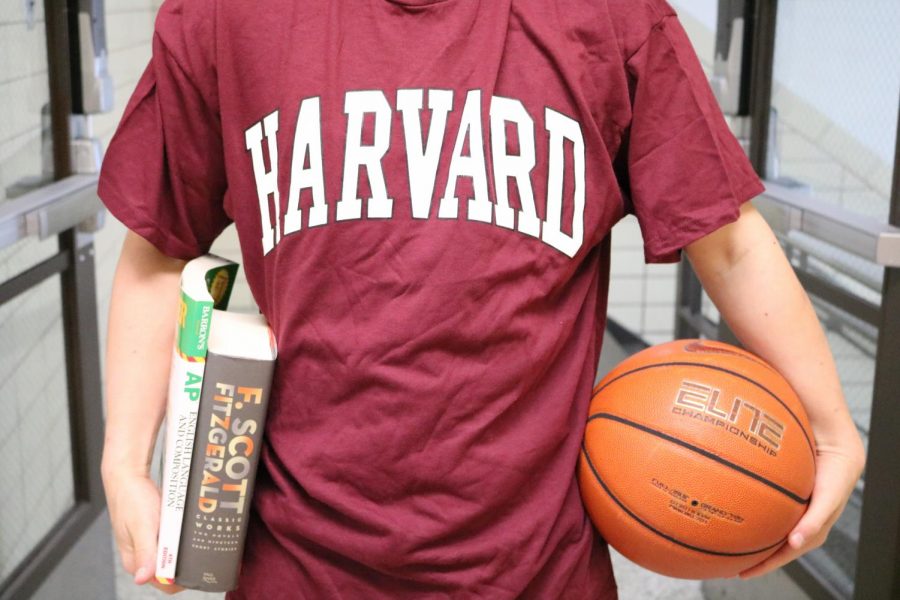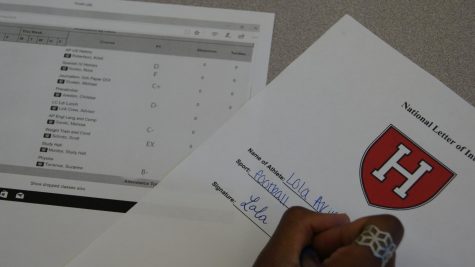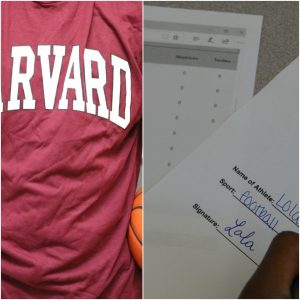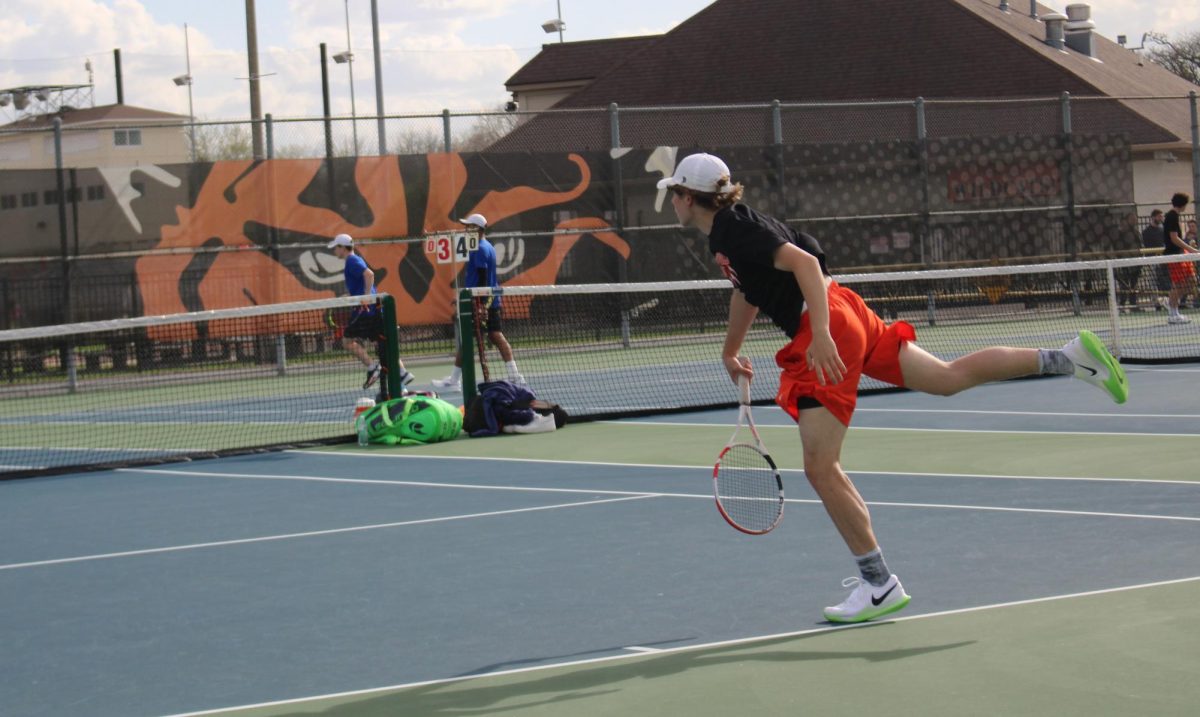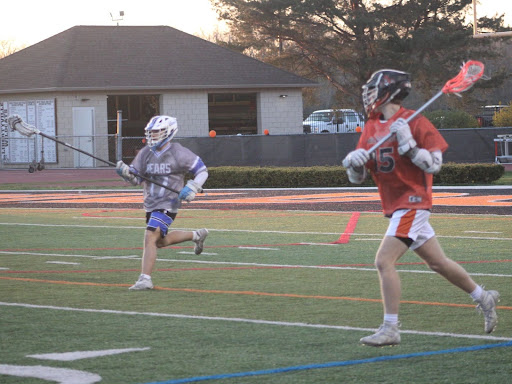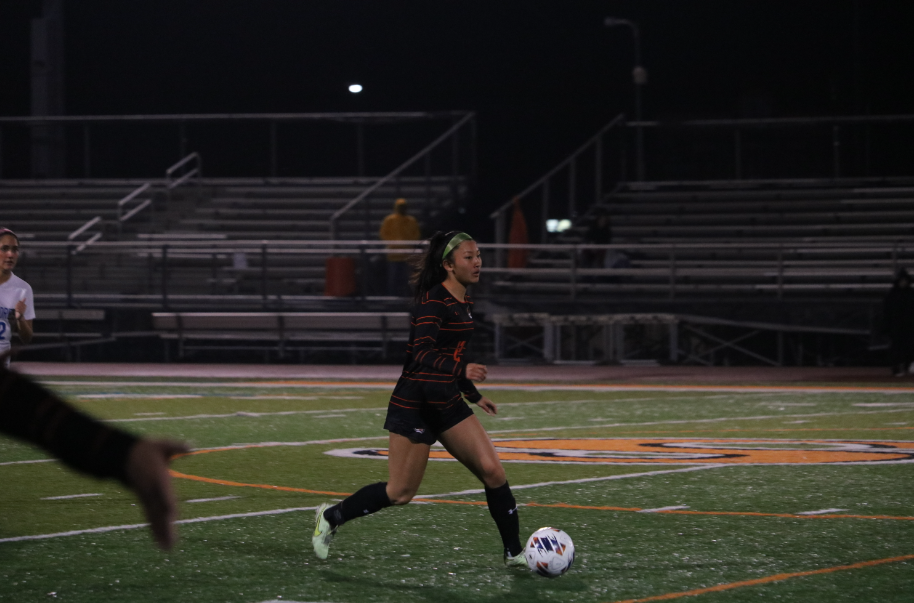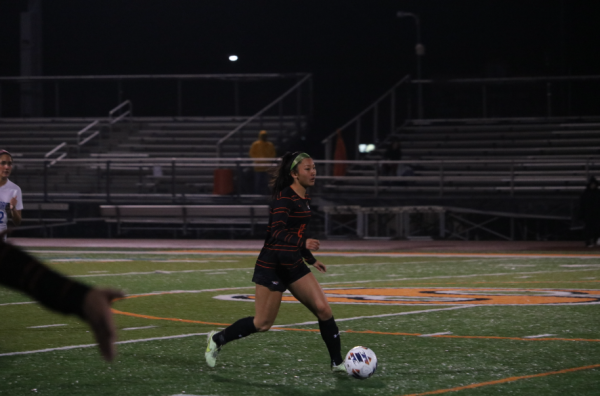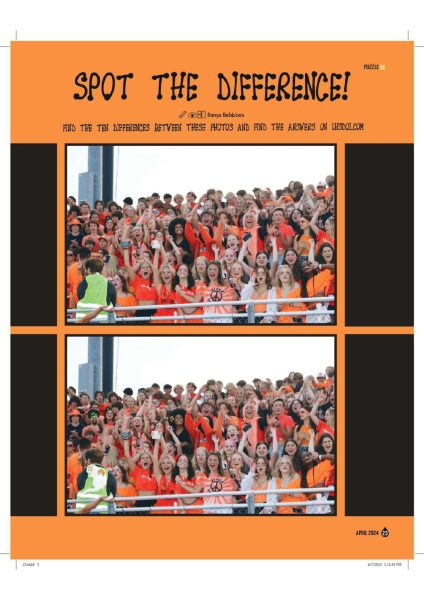Give Student Athletes the Benefit
Student- Athletes put in hard work on both the playing field and the classroom.
October 24, 2017
Becoming a Division I athlete, or an athlete at any collegiate level, is not easy, just like getting into a school academically is not easy. Both take lots of time, dedication and hard work.
So, if an athlete is able to earn a Division I offer, they should be able to get into that school, even if they academically fall below the admissions standards for non-athletes.
Last year, only 3.3 percent of male high school seniors, of the 546,428 senior athletes that played basketball nationwide, continued on to play in college at Division I, II or III, according to CBS and the NCAA. The odds were similar for other sports like soccer, football and baseball.
Compare that with the odds of getting into Stanford last year: they had a 4.8 percent acceptance rate for all prospective students. That means that it can be harder to play a sport in college than it is to get into Stanford University, Harvard University (5.4 percent) or Yale University (6.3 percent).
If a student-athlete can put the time and hard work into their craft to play in college, which is more unlikely than a student getting into Harvard, then they should be allowed to not meet the exact academic standards that those schools have for regularly admitted students.
While Ivy League schools may play slight favorites in terms of academics and athletics, they don’t give out scholarship money. If a student-athlete gets offered a spot on a roster, they have to pay full admission, unless they qualify for financial aid, so it’s not like student-athletes are getting a full ride to any school they want.
Also, these prestigious schools don’t let student athletes slack off. Most of these schools still require good grades and test scores from athletes; they just might be a little lower than the normal standards.
A great example of this is Northwestern. They are a prestigious academic school with an average ACT score ranging from 31-34. For a student-athlete to get in there, they don’t have to score exactly that, but at least have a minimum of 27, according to Charlie Schmidt, an LHS offensive lineman who is verbally committed to Northwestern to play football.
A 27 on the ACT is lower than the average score of non-student athletes at Northwestern but is still not easy. That score is still way above the national average of 20.8, which shows that these student-athletes are still required to be better than average in order to get into these prestigious schools.
Another factor is money. It is no secret that sports are a massive way that colleges get funds. For example, last year, Texas A&M produced $192.6 million in revenue from sports and 23 other schools made more than $100 million from sports, according to Business Insider. If schools started rejecting student-athletes because their grades and test scores might be a little below the non-athletes, then the school would take a huge financial hit. If the sports programs were not as strong, then less people would spend money on tickets and apparel, for example.
The reality of it is that athletics help non-athletic students too. They help provide money for academic scholarships and facilities around campuses. Even though athletics makes it harder for some non-athlete students to get admitted to universities, the revenue produced helps the students that get in have a more enjoyable experience.
Accepting applicants based on athletics also helps underprivileged athletes that use athletics as a way to better their life. Oftentimes, student-athletes who go to schools without as much funding as a school like LHS can struggle to keep up with students from this area academically. But if those student-athletes are admitted into a prestigious school based on athletics, if they have grades and test scores somewhat close to the school’s average, then it could change their life forever.
Obviously allowing student-athletes to get admitted hurts the admission odds for some regular students, but there are more positives to letting student athletes in than negatives.



